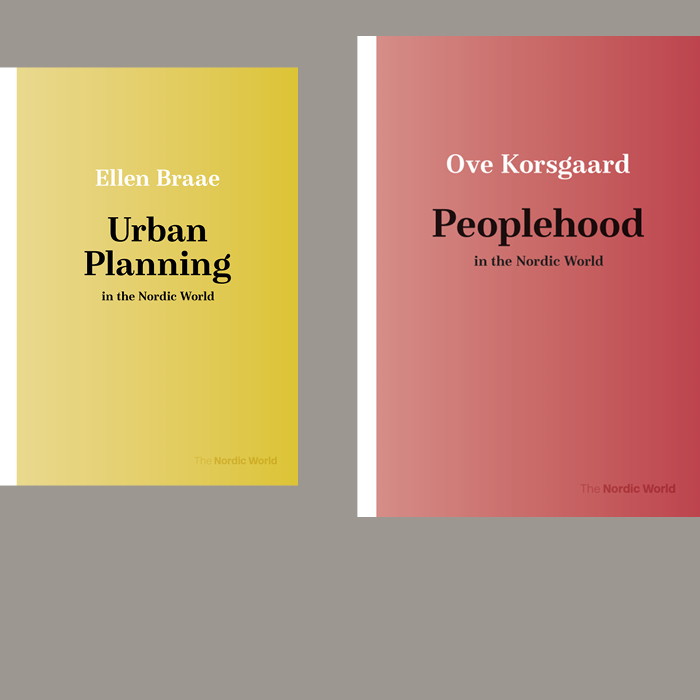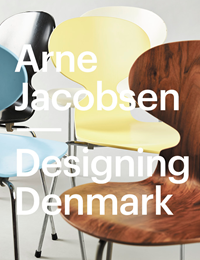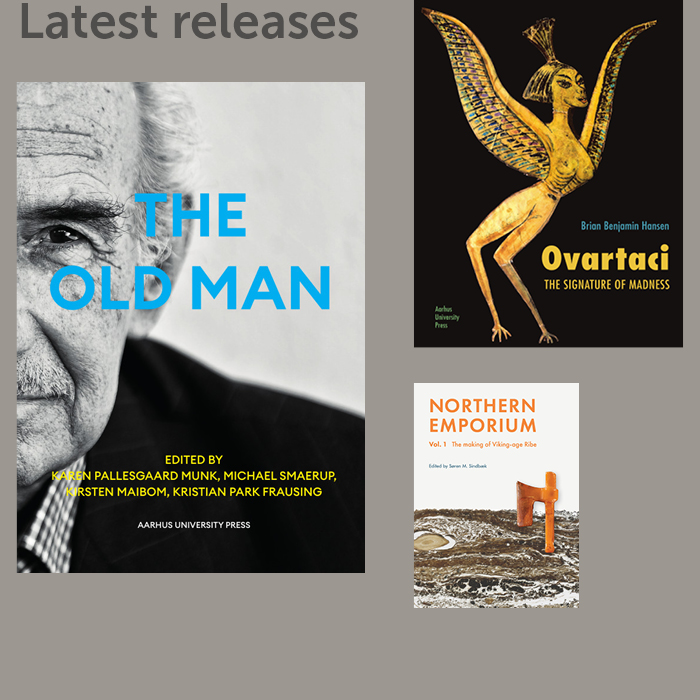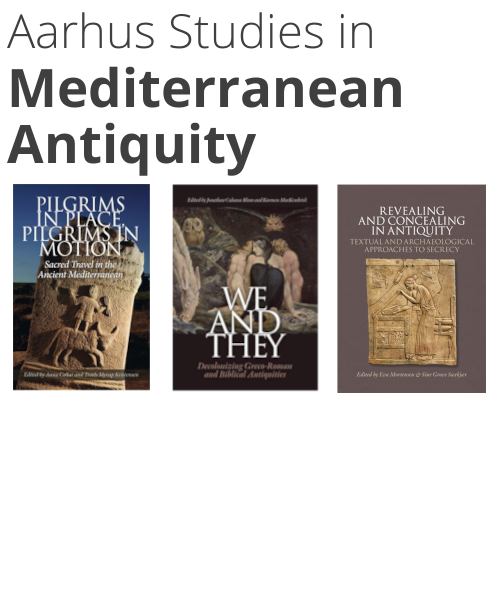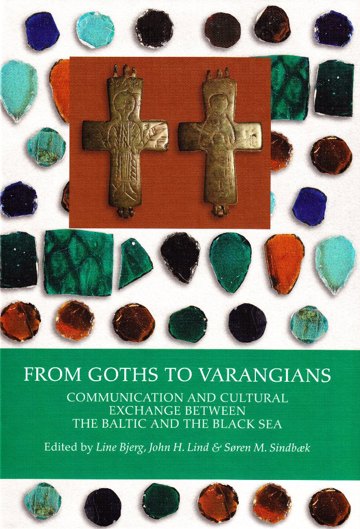
From Goths to Varangians
Communication and Cultural Exchange Between the Baltic and the Black Sea
A part of the subject area Archaeology
Edited by
Line Bjerg,
John H. Lind and
Søren Michael Sindbæk
With contributions by
Fedir Androshchuk,
Line Bjerg,
Johan Callmer,
Ole Crumlin-Pedersen,
Natalia Eniosova,
Ildar H. Garipzanov,
Margarita Gleba,
Ulla Haastrup,
Helle Winge Horsnæs,
Leo S. Klejn,
Volodymyr Kovalenko,
John H. Lind,
Elena Melnikova and
Tamara Puskina
More about the book
About the book
In late Antiquity, archaeology demonstrates lively and far-flung exchange along the river Dniester, through current Poland to the Baltic. By the 11th century the former Barbaricum had been transformed into a string of Christian kingdoms and principalities, whose parallel histories are as conspicious as their differences. From the legendary (if possible real) migrations of the Goths in Antiquity to the Varangian guard at the imperial court of Byzantium in the late Viking Age, trans-cultural interaction complemented important historical development. This book is about aspects of the changing interactions from late Antiquity to the High Middle Ages, from Goths to Varangians, and from the Baltic to the Black Sea. The history and archaeology of these connections have been poorly exposed and investigated in modern times. The papers presented in this volume are a selection of those presented during a series of four meetings organised 2007-2009 by the "Varangian Network", an interdisciplinary network for archaeological and historical research on relations between the Baltic and the Black Sea from late Antiquity to the medieval period.
For purchases outside of Denmark:
If you are located in the USA or Canada, please contact our US distributor, Longleaf Services, at orders@longleafservices.org or +1 919-503-6590.
For purchases in all other countries, you can find the title through our global distributor, The Mare Nostrum Group, here: https://mngbookshop.co.uk
Table of contents
The Russian controversy over the Varangians
At the watershed between the Baltic and the Pontic before Gnezdovo
Networking in north-eastern Barbaricum: a study of gold imitations of Roman coins
The Herulians are coming!
Byzantium and the Scandinavian world in the 9th-10th century: material evidence of contacts
Chasing gold threads: auratae vestes from Hellenistic rulers to Varangian guards
Finds of Byzantine origin from the early urban centre Gnezdovo in the light of the contacts between Rus' and Constantinople (10th - early 11th centuries AD)
Scandinavians in the East of Europe: in search of glory or a new motherland?
Viking warriors and the Byzantine Empire: was there a transfer of nautical technology?
Mental maps of the Old Russian chronicle-writer of the early twelfth century
Darkness in the East? Scandinavian scholars on the question of Eastern influence in Scandinavia during the Viking Age and Early Middle Ages
The journey of St Clement's cult from the Black Sea to the Baltic Region
Royal family connections and the Byzantine impact on Danish Romanesque church frescos. Queen Margareth Fredkulla and her nieces

